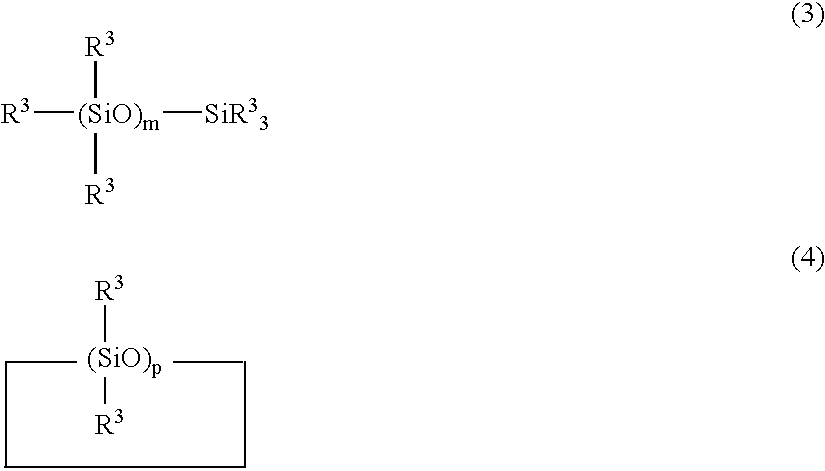Synthetic quartz glass substrate for excimer lasers and making method
- Summary
- Abstract
- Description
- Claims
- Application Information
AI Technical Summary
Benefits of technology
Problems solved by technology
Method used
Image
Examples
example
[0064]Examples of the invention are given below by way of illustration and not by way of limitation.
[0065]In the Examples, measurements of the internal transmission, birefringence, and hydrogen molecule concentration were carried out as follows.
Internal Transmission:
[0066]Measured by ultraviolet spectrophotometry using a transmission spectrophotometer Cary 400 by VARIAN Inc.
[0067]Measured using a birefringence measurement system, such as ABR-10A by Uniopt Corporation.
Hydrogen Molecule Concentration:
[0068]Measured by laser Raman spectrophotometry as described in Zhurnal Priklandnoi Spektroskopil, Vol. 46, No. 6, 987-991 (1987). Measurement was carried out by photon counting using a spectrometer NRS-2100 by JASCO Corp. In measurement of the hydrogen molecule concentration by argon laser Raman spectrophotometry, the measured values may vary with the sensitivity curve of the detector. Values must thus be calibrated using a reference sample.
PUM
| Property | Measurement | Unit |
|---|---|---|
| Temperature | aaaaa | aaaaa |
| Temperature | aaaaa | aaaaa |
| Temperature | aaaaa | aaaaa |
Abstract
Description
Claims
Application Information
 Login to View More
Login to View More - R&D
- Intellectual Property
- Life Sciences
- Materials
- Tech Scout
- Unparalleled Data Quality
- Higher Quality Content
- 60% Fewer Hallucinations
Browse by: Latest US Patents, China's latest patents, Technical Efficacy Thesaurus, Application Domain, Technology Topic, Popular Technical Reports.
© 2025 PatSnap. All rights reserved.Legal|Privacy policy|Modern Slavery Act Transparency Statement|Sitemap|About US| Contact US: help@patsnap.com



